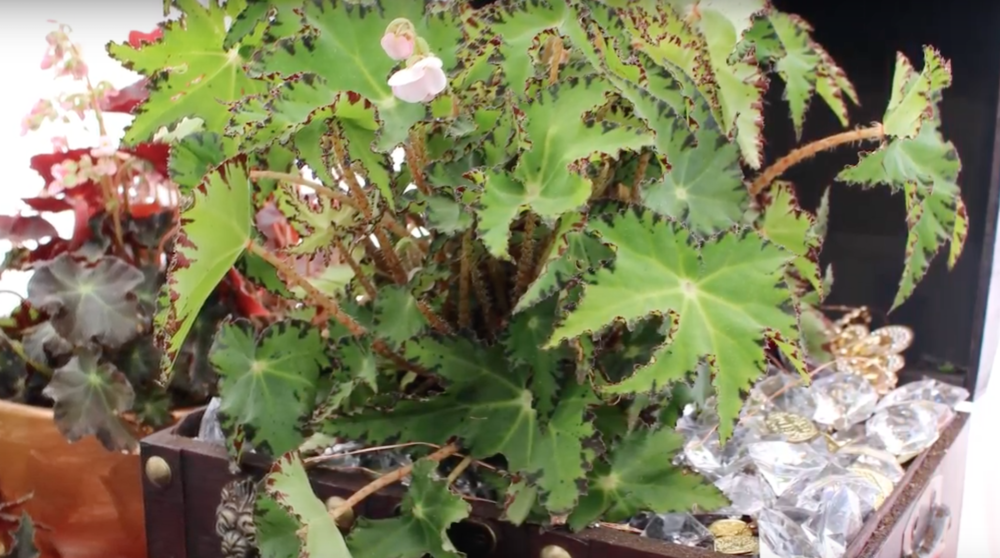Catering to your Christmas Consumer
With the growth of mass retailers and chain stores, the competition for Christmas merchandise dollars can seem daunting for an independent garden center (IGC). Although there has been a bit of a downward trend in consumer spending this year, the Christmas season presents a time for profitable holiday products and displays to make your merchandise stand out from the mass-produced quantities.
Show what makes the IGC unique from chains, and remind customers of how much they enjoy shopping during the holidays. Knowing your customers and their preferences is extremely important in marketing, and merchandising to these preferences will help to increase sales. Offer products that will even attract the careful buyer.
Mike Pasquesi, Pasquesi Home & Gardens, Barrington and Lake Bluff, Ill., described how his merchandise buyer develops specific themes for holiday merchandise by thinking about the stores’ customers and the types of home and lifestyle they have. The themes are then developed according to these desires, and merchandise is found to fill this theme. A successful theme that Pasquesi has used was a Lodge theme. “Think of cabin products, kind of like a Colorado ski-lodge,” he said. This idea conjured up rich, deep-color, dark woods and a warm fireplace entirely appropriate for those cold winter nights near Christmas and an unlikely product to be found in a generic chain store.
Plan For Your Christmas Season
Not only will advanced planning allow you more time to physically prepare your store, you also will be able to better evaluate your customer and see what types of products attract them. At Pasquesi Home & Gardens, Christmas merchandise is set up by the third week of October. According to Jennifer Youngquest, marketing manager of English Gardens, Ann Arbor, Mich., and five other stores in the Detroit area, her stores begin preparing for Christmas in September.
A growing trend in the garden industry is the idea of a gardening lifestyle. Instead of buying rough products, customers are more and more attracted to purchasing finished merchandise. Pasquesi’s addresses this trend by merchandising ornaments on trees. With this active display, “customers can shop off the trees. All of our themes have a decorated tree. This helps the customer envision what they can do at home. They see all the parts and what they can do with them. Then they buy [the products] to recreate it at home” Pasquesi explained.
By showing customers how holiday products can look when fully set-up in a decorative manner, you can encourage customers to buy a range of products as they’ll want to recreate the ideas they see in the store. Themed displays also make it easier for customers to find the merchandise. All the items they’ll need are in one specific area so there is no problem locating what is needed to recreate the look. English Gardens also uses demonstrative displays. Merchandise is showcased with fully decorated trees and the use of props. “We try to show products in a homey setting,” said Youngquest, describing how items are brought together from around the store so customers see the finished effect. Shopping is made more convenient as everything needed to create “the look” is right there.
“People ask us for advice all the time,” she added. Each of the six stores has professional staff on-site who advise customers about decorating and will even visit their homes to help create a desired look. This service is offered for interior and exterior decoration to both residential and commercial customers, presenting a true example of catering to the customer’s full range of needs.
English Gardens also offers classes on “every thing from bows to trees to wreaths to floral to custom pots so that the customer can get the same look,” Youngquest said. Offering classes will appeal to customers who wish to decorate independently, yet lackthe technical knowledge to make their own décor. Classes are also a great way to keep customers coming back it’s likely that after one class, they’ll want to return to learn another skill.
Uniqueness Counts
Carrying items that no one else has is a strategy that some garden centers use all year long, and there’s no reason to abandon this idea during the holidays. Carry products that aren’t available in massive quantities, making your store the only one in the area to sell them. “Customers are always looking for the different and unique,” said Youngquest. “They come here looking for things that you can’t find anywhere else.” The buyer for the English Gardens travels to Europe to personally pick out the hand-blown glass ornaments the store offers so that there is a truly unique product available.
Get exposure for your store by calling local news media or advertising in local papers. Ensure that people in your area know your store has a unique product base that isn’t available at the chain stores. “If they [customers] see a line of product that is getting lots of media, they may ask for it,” stated Pasquesi. “We try to carry products that are more unusual; things that you won’t find at every shop you walk into,” he added. Customers return to the store year after year to find new items they can add to their Christmas collection.
Keep track of what your customers like. This will avoid overstocking items that sell too slowly and also will keep your customers coming back. At Pasquesi Home & Garden, “customers are really looking for fresh, live products” stated Pasquesi, so the store caters to this and carries more live trees than artificial.
However, at the English Gardens, a “huge volume in life-like trees [is sold]. People come here wanting pre-lits in particular,” Youngquest explained. The store has designed its own life-like Christmas trees. This appeals to customers looking for an artificial tree that is unique, well made and requires minimum set-up. This example may appear to be common sense, yet it illustrates the great importance of knowing your customer and planning in advance which products will appeal to that customer’s tastes.
Reaching Your Customers
Catering to children can be a great marketing strategy around the holidays. This can create a more personal touch that isn’t found in the big box stores. Some stores have opted to create Christmas displays directed toward children, with animated displays and colorful lighting. Having one-day coupons on the same day as a visit from Santa will increase traffic and encourage spending. And if children like the store and want to return, so will their parents.
Your store can be a destination for visitors a place more unique and interesting to visit than chain stores around the holidays. In his February 2006 Lawn & Garden Retailer article, Ralph Gaudio, owner of G Boys Garden, Christmas & Patio Center, Marlton, N.J., described an innovative Christmas promotion that his store began to use. His company started a “Pet Night” after witnessing the amount of pet lovers in the community, and decided to offer a night when pet owners could bring their pets into the store for photos with Santa. He said, “We do this two nights a season and have increased both picture business as well as register sales on these nights.” Additionally, the event is low cost for the garden center: “The only cost of this promotion is the newspaper advertisements promoting the event.”
Christmas retailing can be an exciting and fun time for both customers and store owners. Use this as a time to show off your decorating skills and all the details that make your store unique from chain stores. Whether it’s finding a theme that appeals to your main customers, helping customers decorate, or offering special events for their children and pets, there are a multitude of innovations that will interest your customers and ensure they keep coming to you for their holiday shopping needs.



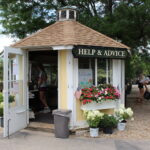
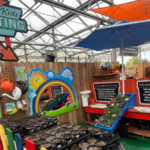






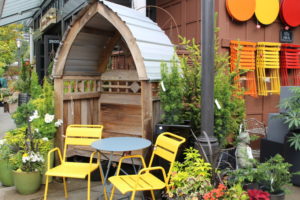
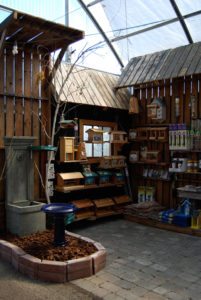
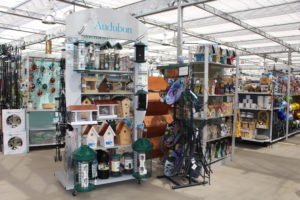
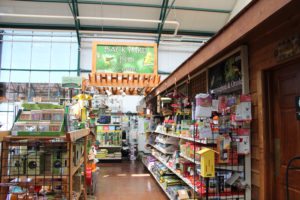
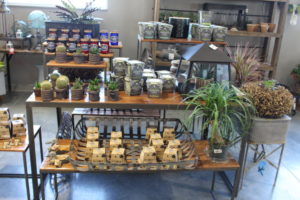
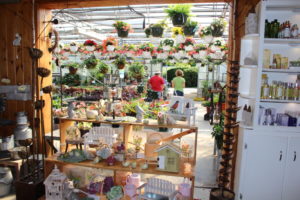
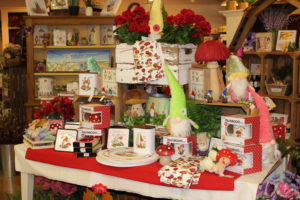
 Videos
Videos


